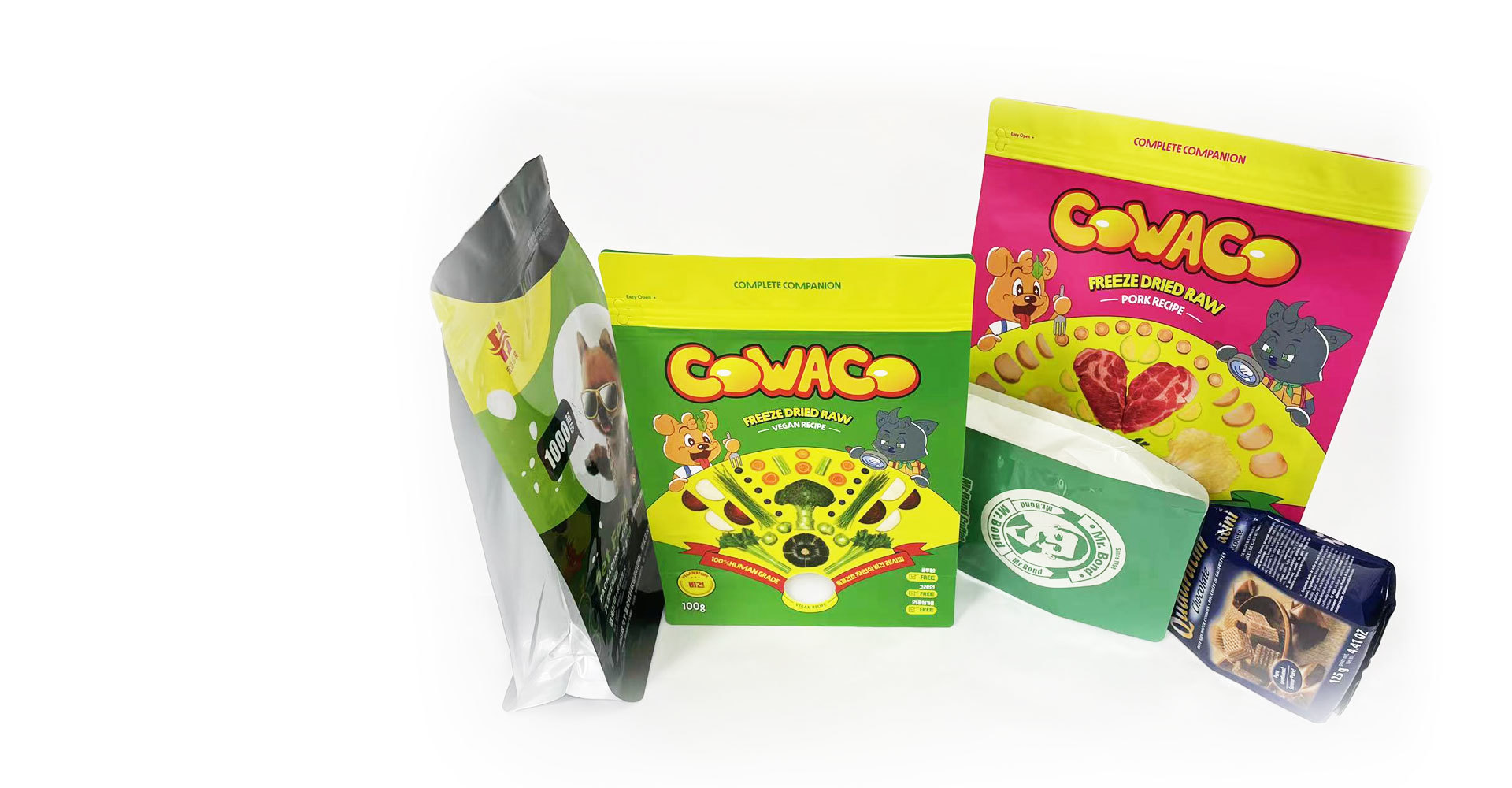
R&D

Circularity and sustainability are about more than recyclability
Flexible packaging plays a vital role in the packaging industry, offering numerous benefits such as versatility, lightweight design, and extended shelf life for various products. As consumer preferences shift towards more sustainable options, trends in flexible packaging are rapidly evolving to meet the demands for circular and sustainable solutions. However, it’s crucial to understand that circularity and sustainability are not as simple as just recycling.
The circular economy is based on three principles: eliminate waste and pollution, circulate products and materials, and regenerate nature.
Sustainable packaging refers to packaging that gradually diminishes its environmental impact and ecological footprint over time. Throughout the entire lifecycle of packaging, factors such as fossil fuel consumption, greenhouse gas emissions, and water usage must be carefully evaluated and considered.
Recyclable, reusable and refillable packaging
A common trend in the industry is the pursuit of total recyclability or reuse of packaging materials. Many brands have made public commitments to achieve this goal. The focus is on developing packaging that can be effectively recycled or reused at the end of its lifecycle, thus minimizing waste and environmental impact. This involves the use of easily recyclable or reusable materials, such as certain types of plastics like polyethylene.
In addition to recyclability, brands are also exploring reusable and refillable solutions. This approach not only reduces waste and improves consumer convenience, but also helps encourage customer engagement through an innovative, new packaging format. It amplifies their commitment to providing sustainable, eco-friendly packaging and serves as a channel to boost sales through e-commerce.
As brands look for sustainable packaging solutions that appeal to eco-conscious consumers, refillable spouted pouches are becoming a popular option.
Post-consumer recycled content (PCR)
Moreover, there is a growing emphasis on incorporating post-consumer recycled (PCR) content in flexible packaging materials. The entire supply chain, including brands, packaging manufacturers, and consumers, recognizes the importance of reducing reliance on virgin materials. PCR content refers to materials that have been used and are then recycled to create new packaging.
To achieve a true circular economy, collaboration is crucial among all stakeholders in the packaging industry. Brands, packaging manufacturers, government bodies, and consumers must work together to create an infrastructure that enables the seamless flow of materials through the recycling processes. This collaboration involves investment in recycling facilities, the establishment of collection programs, and the promotion of responsible consumer behavior.
